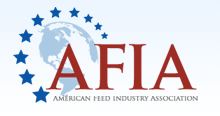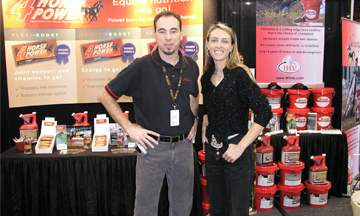According to Dr. James McQuivey of Forrester Research a minute of video is worth 1.8 million words.
With proper optimization, video increases the chance of a front-page Google result by 53x over standard content. (Forrester, January 2010)
Video in email marketing has been shown to increase click-through rates by over 95%. (Implix, 2010)
As the internet continues to be a primary marketing avenue for both B2C and B2B companies, there is an ever growing trend to discover new ways to deliver an attention grabbing sales message to potential customers. Over the past few years, content creation, SEO and social media networking have been the most popular online marketing strategies. They each certainly play an important role but there is one online marketing strategy that has become more powerful than any other.
Video.
Video is not new to the internet but due to the cost of producing high quality videos on a consistent basis and the previously unreliable low bandwidth of internet users, video was not widely used by companies. Video is finally becoming an integral part of online sales and marketing due to its efficacy and the improvement in technology.
“The rise of broadband and better mobile networks and devices has meant that video has become an increasingly popular part of users’ online experiences,” said Kathleen Moore, PhD student at Penn State University. “People use these sites for every imaginable reason – to laugh and learn, to watch the best and worst of popular culture and to check out news. And video-sharing sites are very social spaces as people vote on, comment on, and share these videos with others.”
Video has the potential to change the face and way animal health companies communicate with potential customers. As long-time supporters of video, we have helped several companies develop new videos to help communicate their message. The following is a video we recently produced for a soon-to-be-launched nutraceutical company. Their strategy is to incorporate new and fresh video throughout their website and through their email marketing campaigns.
Where’s the Video in the Animal Health Industry?
Currently in the animal health industry, very few companies are using video. Matter of fact, in reviewing the top 20 B2B and B2C animal health company websites according to Google, only ONE company utilizes video on their website. If an animal health company needs proof that video has become the most powerful online marketing tool available, here it is:
- 175 million U.S. internet users watch online video content per month an average of 15.1 hours per viewer.
- The total U.S. internet audience engaged in more than 5.4 billion viewing sessions during an average month.
- 84.1 percent of the U.S. internet audience view online videos each month
Internet users are not just viewing videos online for entertainment purposes. According to a new study done by TidalTV (July 6, 2011) the top two industries for online video clickthrough rates (CTR’s) are finance and home improvement. 9th on the list was the pharmaceutical/OTC industry.
Only Young Adults are Watching Videos Right?
A common myth is that video’s are only for young adults (16 to 25). According to a recently released (July 6, 2011) TidalTV survey two age groups tied for the highest clickthrough rate for videos – Ages 15-17 and Ages 65+. Yes, people in their sixties are watching as many video’s as high school teenagers. The next highest group for online video clickthrough rates was the age group 55-64. Whether it is for entertainments purposes, product research or self-education videos appeal to all age groups.
Video Isn’t Just for the Internet
Up to this point, we have primarily focused on the use of video as a sales tool to acquire new customers. This is certainly a great way to engage with a consumer and to make a sales message stick however another wonderful but rarely used opportunity for video is for internal purposes. Let’s look at an example of this within the animal health industry. The most common market channel strategy in the animal health industry is the use of distributors. For those that have worked in this channel, you know that it takes A LOT of work to have any sort of success. It takes sales calls, ride alongs with sales reps, in-store visits, promotions and other labor intensive and time consuming efforts. Even when these strategies are implemented it can be difficult to achieve much success. As most have experienced, typically after a sales call or a ride along you get a quick boost in sales but it is typically short lived. To achieve continued success you need to continually pitch your product and its benefits and features. Imagine an animal health company using the power of video to promote, train and conduct sales calls with distributor reps or even their own internal sales reps.
Who Will Start The Video Revolution?
If an animal health company is ready to take the next step in online marketing and utilize video throughout their marketing strategy contact cheetahLink today. We have the ability to produce high quality videos at fraction the cost. Typically, we can produce videos at 1/2 the cost of other production studios. Along with the video above, our video production team completed a new video for Thorne Vet. Thorne Vet is one of the leading animal nutraceutical companies in the world. To see their new video visit www.thornevet.com.
About cheetahLink
Founded by Preston Munsch, cheetahLink is a consulting firm for the animal health industry. Munsch has spent the past 13 years in the animal health industry specializing in product development, animal health marketing, market position branding, animal health sales, market channel strategies and new client acquisition. Munsch has a Master’s Degree in Business Administration along with a Bachelor’s Degree in Communication and Associates Degree in Graphic Design. If you have any questions feel free to contact us at 720.244.2034 or pmunsch@cheetahlink.com.





